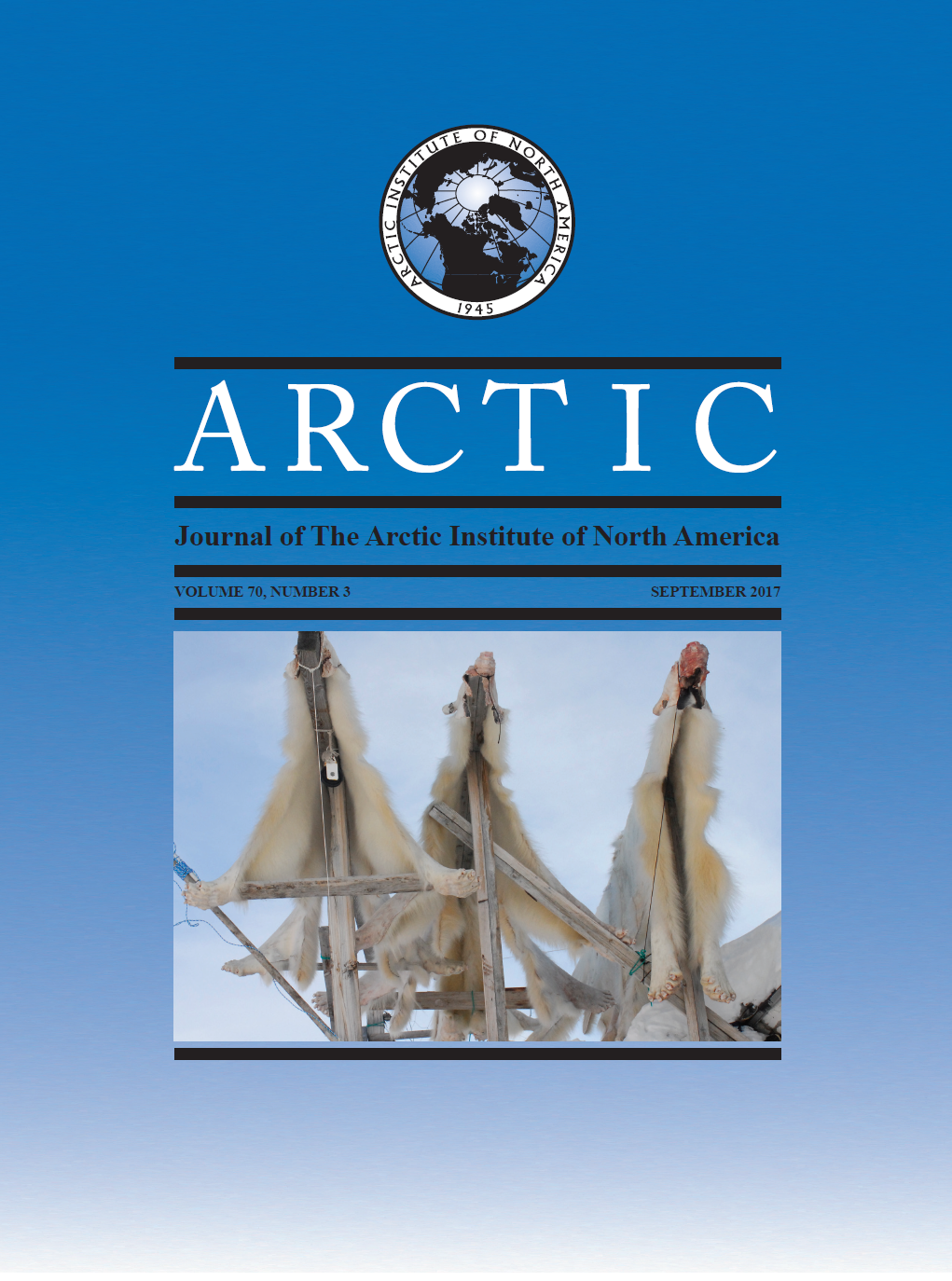The Sea of Ice and the Icy Sea: The Arctic Frame of <i>Frankenstein</i>
DOI:
https://doi.org/10.14430/arctic4669Keywords:
Shelley, Mary Wollestonecraft, Scoresby, Jr., William, Barrow, John, North Pole, Frankenstein, open polar seaAbstract
It has become common for scholars to understand the Arctic framing narrative of Mary Shelley’s Frankenstein as a commentary on the northern expeditions sent out by the British Admiralty after the Napoleonic Wars. According to this view, the character Robert Walton is a surrogate for John Barrow, the principal organizer of the Admiralty expeditions. This article demonstrates that chronological factors make such an interpretation untenable. Yet the process through which the far North became the setting for Frankenstein’s opening and closing scenes is of great importance for understanding the evolution of the novel into its final complex form and with regard to broader considerations about the Arctic’s place in Romantic literary culture. The article suggests other sources for the Arctic frame, most notably the 1815 plan by whaler William Scoresby for a sledge expedition toward the North Pole. Although Scoresby’s lecture was not published until 1818, reports appeared in newspapers and periodicals soon after the lecture was given. There is strong circumstantial evidence to suggest that Mary Shelley read these reports. By tracing the likely influence of Scoresby and other Arctic writers on Frankenstein, the article both sheds new light on the novel itself and demonstrates the extent of the Arctic’s presence in European culture even before the famous Admiralty expeditions.


